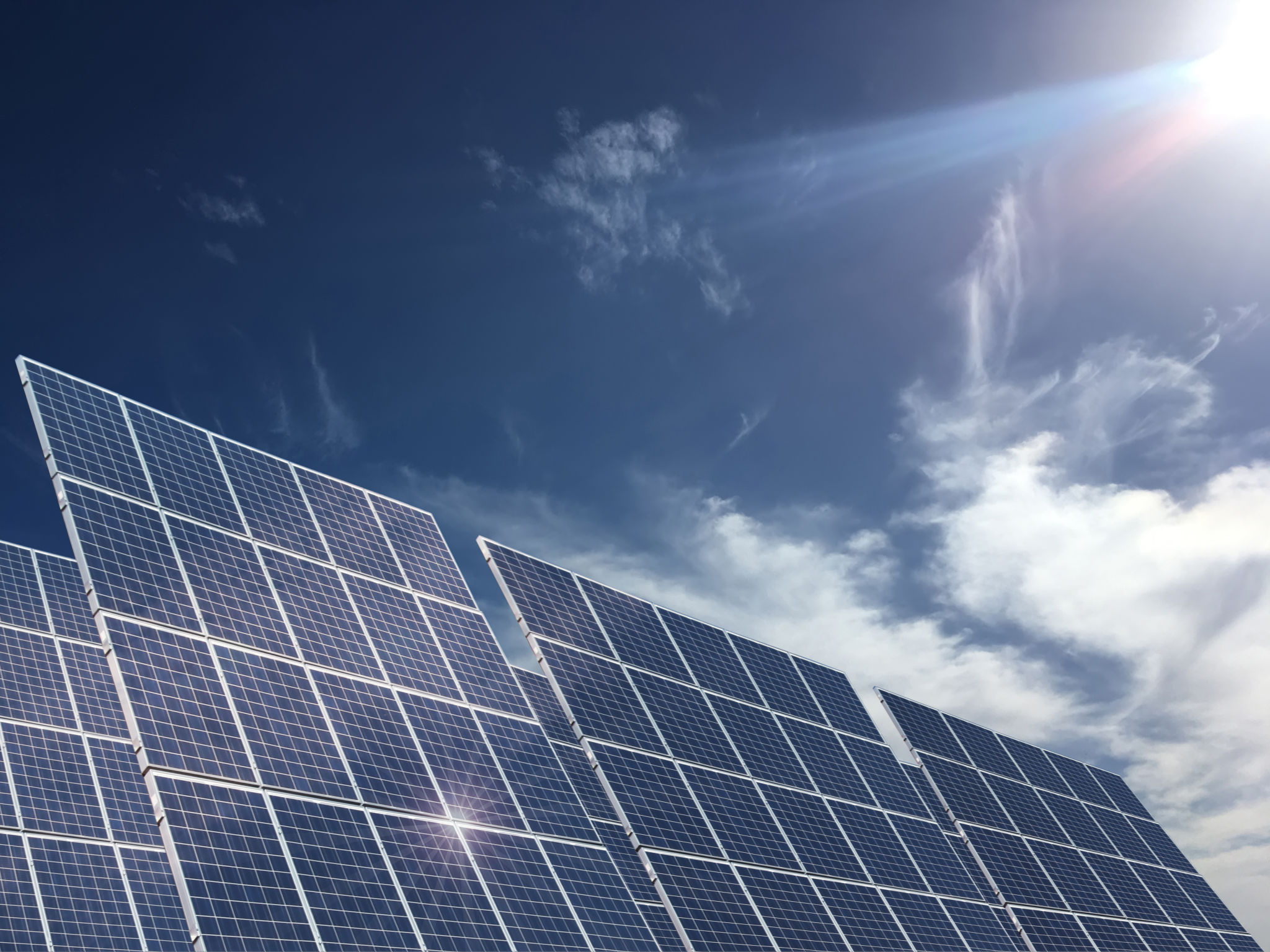Eco-Friendly Construction Practices for Miami Homes
Introduction to Eco-Friendly Construction
As the world becomes increasingly aware of environmental issues, the construction industry is evolving to meet the demands for more sustainable practices. In Miami, a city known for its vibrant culture and beautiful landscapes, eco-friendly construction is gaining momentum. By integrating green building techniques, homeowners can significantly reduce their carbon footprint while enhancing the comfort and efficiency of their homes.

The Importance of Sustainable Materials
One of the key elements of eco-friendly construction is the use of sustainable materials. These materials not only minimize environmental impact but also promote healthier living spaces. Options such as bamboo flooring, recycled steel, and reclaimed wood are becoming increasingly popular in Miami homes. These materials are not only durable but also add a unique aesthetic appeal.
Using locally sourced materials is another crucial aspect. By reducing the need for long-distance transportation, the carbon emissions associated with building materials are significantly lowered. This practice supports local economies and ensures that construction practices are in harmony with the local environment.
Energy Efficiency and Renewable Energy
Energy efficiency is at the heart of eco-friendly construction. By incorporating energy-efficient appliances and systems, homeowners can drastically reduce their energy consumption. Insulated windows, energy-efficient HVAC systems, and LED lighting are just a few examples of how modern technology can enhance a home's energy profile.

Moreover, harnessing renewable energy sources like solar power is becoming more feasible and affordable. Installing solar panels not only decreases reliance on non-renewable energy sources but can also provide financial incentives through tax credits and lower utility bills.
Water Conservation Strategies
In Miami, where water conservation is critical due to frequent droughts and water shortages, implementing water-saving measures is essential. Low-flow fixtures, dual-flush toilets, and rainwater harvesting systems are effective strategies for reducing water usage. These methods not only conserve water but also reduce utility costs in the long run.
Landscaping with native plants that require less water is another effective approach. Native plants are adapted to local climate conditions, making them more resilient to drought and reducing the need for irrigation.

Innovative Building Techniques
Innovative construction techniques such as modular building and green roofing are gaining traction in Miami. Modular construction involves off-site building in controlled environments, which reduces waste and improves efficiency. Green roofing, on the other hand, provides natural insulation and creates a habitat for wildlife while improving air quality.
These methods not only contribute to sustainability but also offer modern design options that align with Miami's aesthetic sensibilities.
Conclusion
Adopting eco-friendly construction practices is not just a trend but a necessity for future-proofing homes in Miami. By choosing sustainable materials, optimizing energy use, conserving water, and exploring innovative building techniques, homeowners can enjoy reduced environmental impact while benefiting from cost savings and enhanced living environments.
As more people recognize the importance of sustainability, eco-friendly construction will continue to shape the future of Miami's residential landscape, leading to a healthier planet for generations to come.
